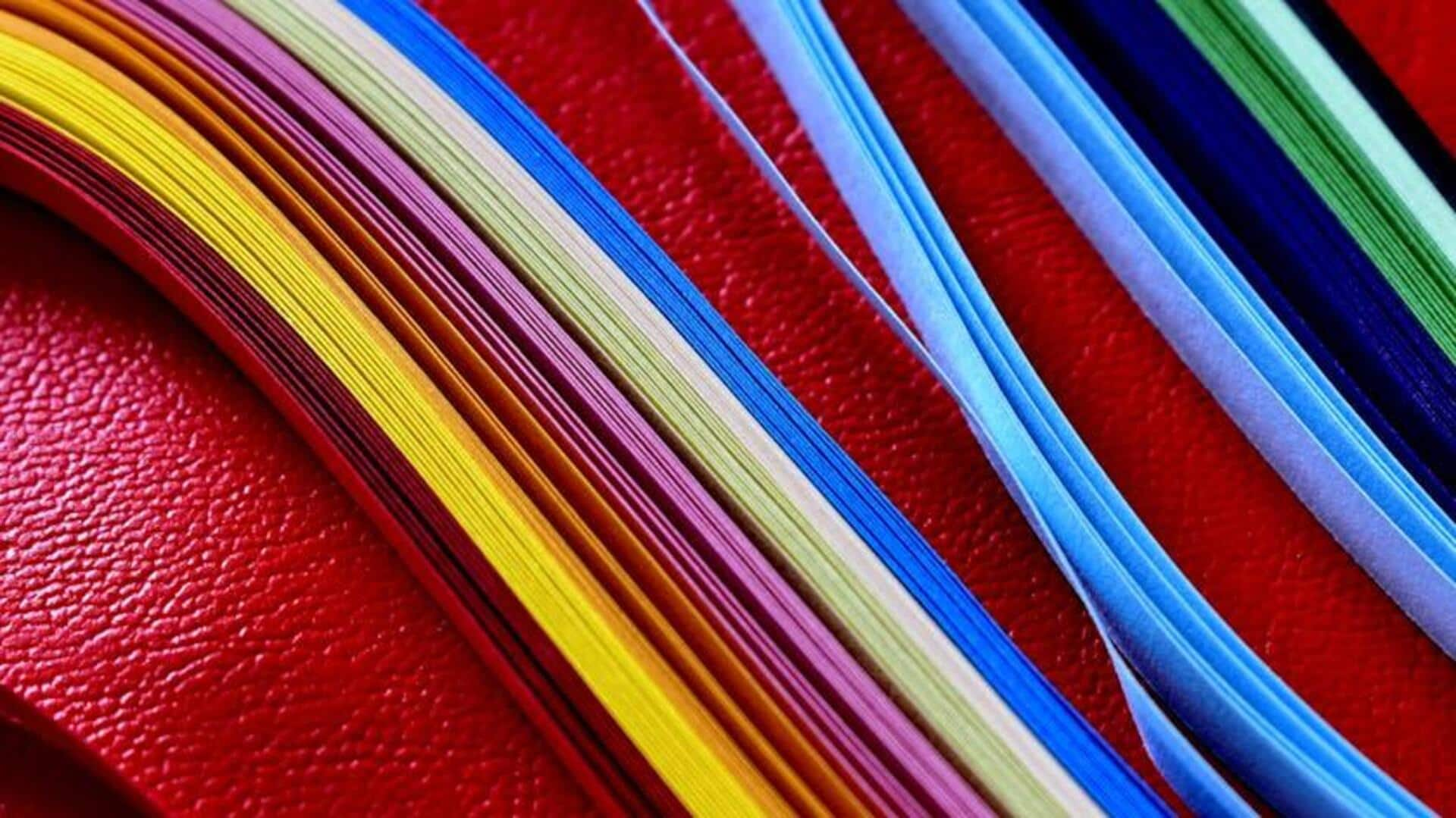
A beginner's guide to quilling paper art
What's the story
Quilling paper art is an intriguing craft of rolling, shaping, and gluing strips of paper to form decorative designs. It dates back centuries and is known for its intricate patterns and delicate beauty. Whether you are a beginner or looking to fine-tune your skills, knowing the basic techniques can get you started with quilling. Here are some essential quilling techniques that'll take you through it.
Tools
Choosing the right tools
To start quilling, you'll need a few essential tools: a slotted tool to roll paper strips, tweezers to manage small pieces, and glue to hold your designs together. A ruler can help measure precise lengths of paper strips. Investing in good-quality tools makes it easier to use and gives better results as you practice various techniques.
Shapes
Understanding basic shapes
Quilling is all about making different shapes such as coils, teardrops, and scrolls. Start by learning these elementary shapes before progressing to more intricate designs. Coils are created by rolling the strip tightly with the help of the slotted tool; teardrops are made by pinching one end of a coil; scrolls are simply curled strip (without gluing).
Colors
Experimenting with colors
Color plays a big role in quilling art, adding depth and vibrancy to each piece. Playing with different color combinations (like complementary colors or gradients) can make your work look mind-blowingly beautiful. Using different hues in one design can help you create unique patterns that draw the attention. This color play not only adds aesthetic value but also gives individuality to your creation.
Designs
Creating intricate designs
Once you're comfortable with the basics of shapes, try combining them into intricate designs like flowers or abstract patterns. Layering several shapes gives dimension to the art while varying sizes gives contrast to it. Practice patience when assembling complex pieces as precision is key in achieving desired results.
Techniques
Exploring advanced techniques
As you get better with the basics of quilling, explore advanced techniques like husking and combing. Husking means making loops around pins on corkboard templates, giving a unique texture and pattern to your creations. Combing, meanwhile, uses hair combs to ensure uniform spacing between loops. This technique works great for making symmetrical patterns that beautify borders or frames, giving a professional touch to your art.